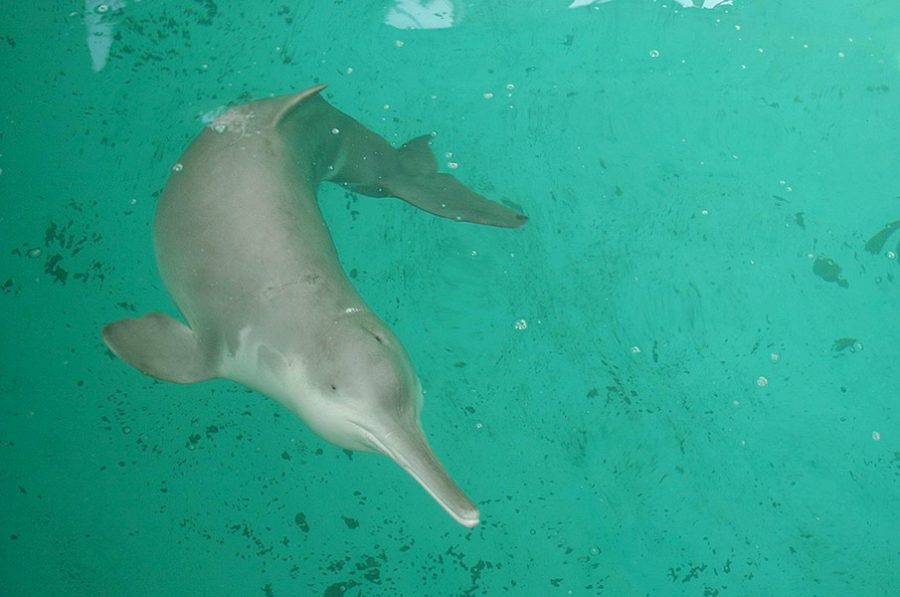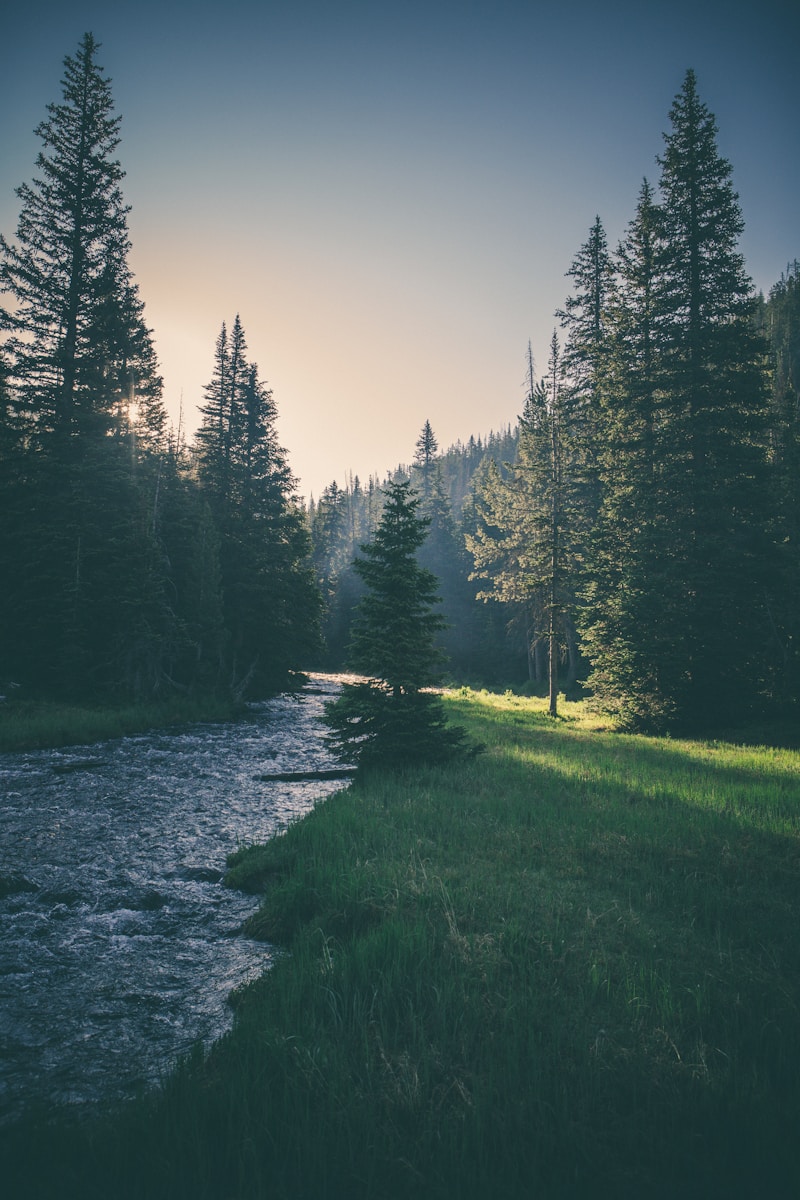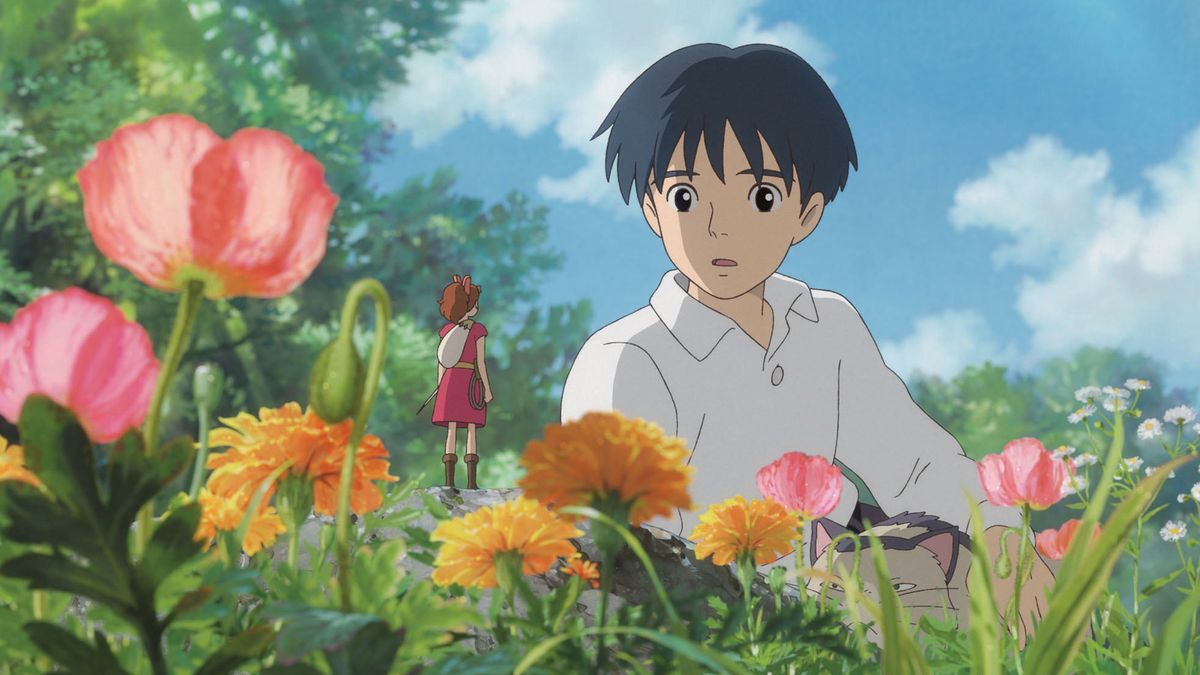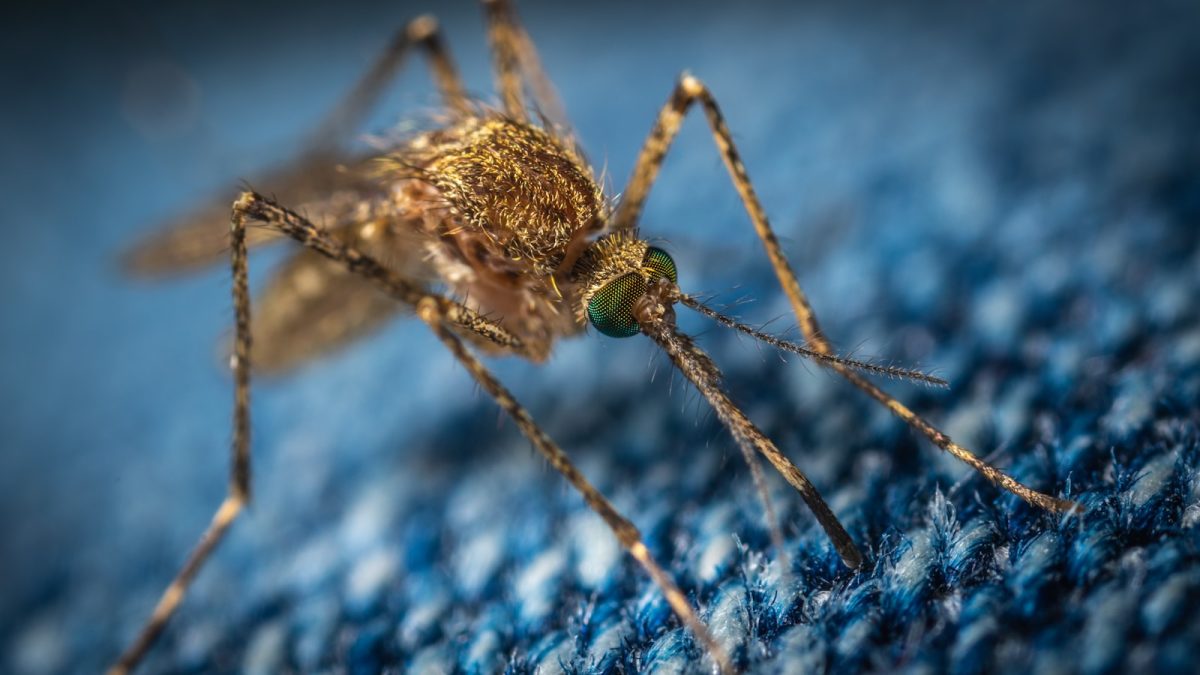Six Recently Extinct Animals
An extinct animal is a species where there are no animals of its kind alive around the globe. There are so many types of animals that we have never gotten a chance to meet, a trend that will only continue. Our grandchildren will not get to meet or see and animals that we see every day for all we know. Here are six animals that are gone now that future generations will likely never hear of or see.
1) Splendid Poison Frog: This was frog red or orange, with several darker splotches. Years ago, these animals were commonly kept as pets, so there is a small chance of several Splendid Poison Frogs being alive. However, these frogs were still categorized as extinct.
2) Maui ‘Akepa: This bird was bright yellow in color, with some gray or black wing feathers. The Maui ‘Akepa was a songbird native to Hawaii that lived in forests. It went extinct due to several reasons, such as disease and loss of its habitat.
3) Northern White Rhinoceros: This animal is not the only rhinoceros that has gone extinct in recent years. Like many rhinoceros, it went extinct due to poaching, often due to their horns.
4) Baiji: This species of dolphin lived in China and was known as the Yangtze River dolphin due to the location of its habitat. Its name translates to “white-finned dolphin.” It was the first dolphin to go extinct due to humans. (See photo above.)
5) Moorean Viviparous Tree Snail: This snail went extinct due to an accident. Another snail was introduced to the area where the Moorean Viviparous Tree Snail lived to be a food source. However, they escaped into the wild and started destroying crops. A cannibal snail called the Rosy Wolf Snail was brought in to kill those snails and killed all of the Moorean Viviparous Tree Snails.
6) Pinta Giant Tortoise: These tortoises are unique in their looks. They went extinct due to being a food source for whalers in the past, goats brought to the area messing with their habitat, and being hunted by humans.
Related Sources and Webpages Used











